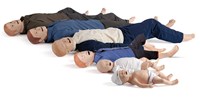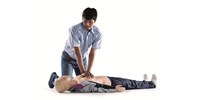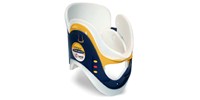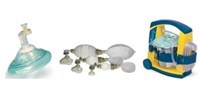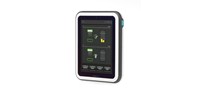The opportunity of Simulation for Medical Training
A Ground Breaking Report
An important report titled "To Err Is Human; Building a Safer Health System", issued by the Institute of Medicine in the United States, concludes that possibly close to 100.000 Americans die each year as a result of medical errors. This is more than the amount of deaths caused each year by motor vehicle accidents (43,458), breast cancer (42,297) and AIDS (16,516) added together, or equivalent to a full Jumbo Jet crashing each day over a full year. Several other comparisons can and have been made, but whatever way the situation is illustrated, it is clear that the problem is significant. The report states that "Health care is a decade or more behind other high-risk industries in its attention to ensuring basic safety". The aviation industry is the prime high-risk industry used as en example of how safety improvements have been made by targeted efforts and methods. The IOM report states that "Although health care may never achieve aviation’s impressive record, there is clearly room for improvement".
The report has concluded on a number of recommendations to solutions to the problem. Again, looking to methods that have been proven effective in the aviation industry two noteable recommendations are:
"Use simulations wherever possible".
and
"Train in teams those who are expected to work in teams"
Full text of the report is available at http://www.nap.edu/books/0309068371/html/
Simulation a training method has a number of advantages, for example:
- Rare, difficult cases where rapid and correct treatment is crucial, can be trained and retrained.
- Repetition of cases is possible, and the same cases can be presented to different trainees or teams.
- Errors can be made, and learned from without harm to a patient
- Different outcomes of a situation, depending on the treatment given, can be demonstrated
- The causes to a problem can be controlled
- The setting allows for realistic training in communication, leadership and team interaction
Ripple effect
The message from the "To Err Is Human" report has captured attention and sparked further discussion worldwide.
In March 2001, The British Medical Journal offered a special theme, focusing on medical safety. Also in the BMJ, the benefits of simulation in medical training were highlighted.
British Medical Journal, 18 Mar 2000 . Special theme issue:
Reducing error. Improving safety
Full text available at http://www.bmj.com/content/vol320/issue7237
A special theme issue of the American Journal of Anesthesiology was also issued in May 2000. The title of the theme was "New Teaching and training methods in Trauma Care. Present and Future Role of Simulator Technology".
In one of the articles in this issue, "Dynamic Simulation: A New Tool for Difficult Airway Training of Professional Healthcare Providers" by John Schaefer, MD and Rene Gonzales, MD, experience using simulator-based airway training is described. The simulator that was used in this research was an early model of what has since been refined to become the Laerdal SimMan and AirMan models.
Simulation is a theme now appearing in articles in publications in several countries. Also, simulation is receiving attention in a wide range of conferences being held worldwide.

 USA
USA
